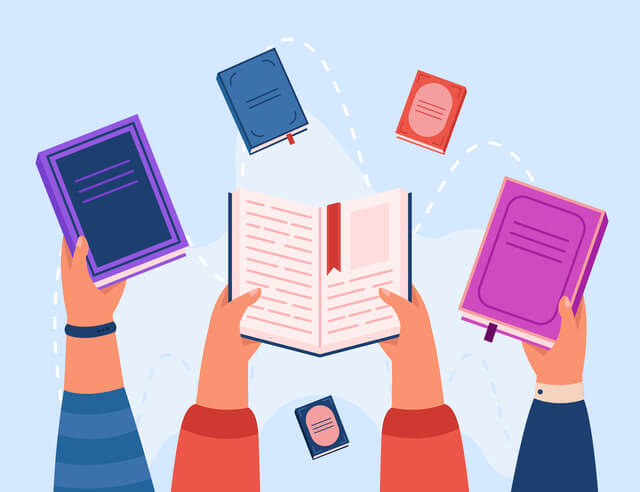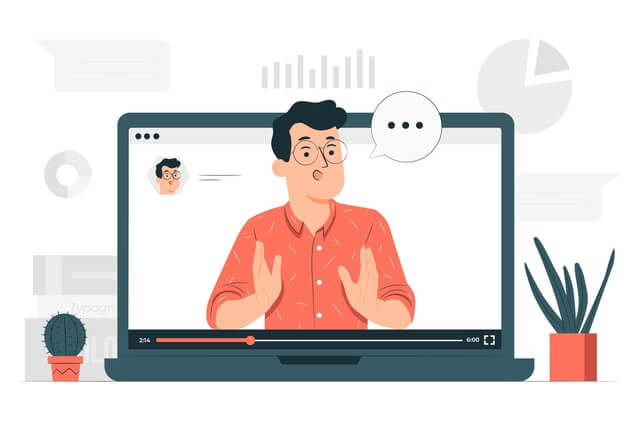Post-Listening Activities consist of tasks whose main aim is to help students reflect on the listening experience.
Post-listening activities are carried out after pre-listening and while listening activities have been implemented successfully.
The pre-listening, while-listening, and post-listening make up what is known as the three stages of a listening lesson
Table of Contents
- What are Pre-Listening and While-Listening Activities?
- 10 Most Common Post-Listening Activities:
- 1. Check and Summarizing
- 2. Discussions
- 3. Information Exchange
- 4. Problem Solving
- 5: Deconstructing a Listening Passage
- 6: Disappearing Dialogues
- 7: Test your Classmates
- 8: Writing a Short Composition
- 9: Time to Act
- 10: Synonyms and Antonyms
What are Pre-Listening and While-Listening Activities?
Pre-Listening activities prepare students by getting them interested in the topic and that gives them a greater chance of success in any given task.
While-Listening Tasks consist of a series of activities that a learner does while listening to a passage in order to show their understanding of what was heard.
Those two stages lead to activities that help students reflect on what they have learned.
10 Most Common Post-Listening Activities:
Post-Listening tasks are activities that requires the use of speaking and writing skills since learners are expected to use the language creatively.
Using the language creatively means that learners complete tasks to create something new with the information they just learned.
These are ten of the most common post-listening activities that you can use in the classroom:
1. Check and Summarizing
The first pre-listening task is called checking and summarizing.
Teachers can check understanding by asking students to summarize the information they heard, this can be done orally or in writing.
Students can make pairs and then they can talk for a minute to another student, once the minute’s over they change partners and share their views with other classmates.
2. Discussions
One of the post-listening activities that a teacher can do is ask students to have a short discussion about the topic.
The topic for the discussion must be taken from the listening task that they previously did and should be interesting enough to inspire comments and debates.
3. Information Exchange
In this activity you ask students to listen to a passage and ask another to listen to a different passage, when they finish, they share their information with each other and make sure that they understand the message the passage was intended to give.
4. Problem Solving
Students listen to a passage with the intention of solving a problem. Some problem-solving task types such as solving moral dilemmas and solving mysteries will motivate students to listen carefully to a passage.
5: Deconstructing a Listening Passage
Most books have transcripts at the back of the books, those transcripts are often unused but you can use them to exploit features such as pronunciation, vocabulary, grammar, and discourse markers.
6: Disappearing Dialogues
Another activity students can do to promote critical thinking skills is erasing parts of the dialogue and then asking students to fill in the blanks with phrases they remember or other phrases that might fit perfectly into the dialogue.
7: Test your Classmates
One of the best post-listening activities consists in quizzing their classmates.
You can ask students to prepare a set of questions that another student will have to respond to, they can prepare a multiple-choice quiz, short answer questions, or true and false statements.
If you have technology in the classroom, an alternative could be using online tools to create quizzes such as Google Forms.
8: Writing a Short Composition
After students have listened to a passage, they can write a short essay based on the information given in the listening passage.
9: Time to Act
After listening to a passage, students can identify a theme and create a skit and perform it in front of their classmates.
10: Synonyms and Antonyms
Another post-listening activity that students can do is identifying vocabulary and then finding synonyms and antonyms for some words in the transcript.
When they have done that, they can pair up and share their finding with others.

